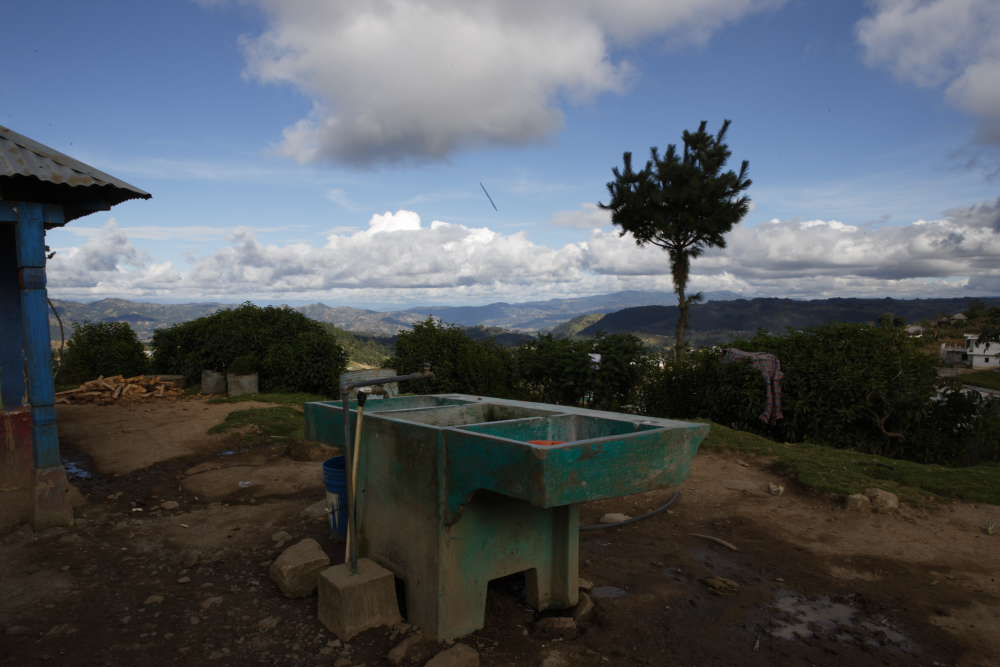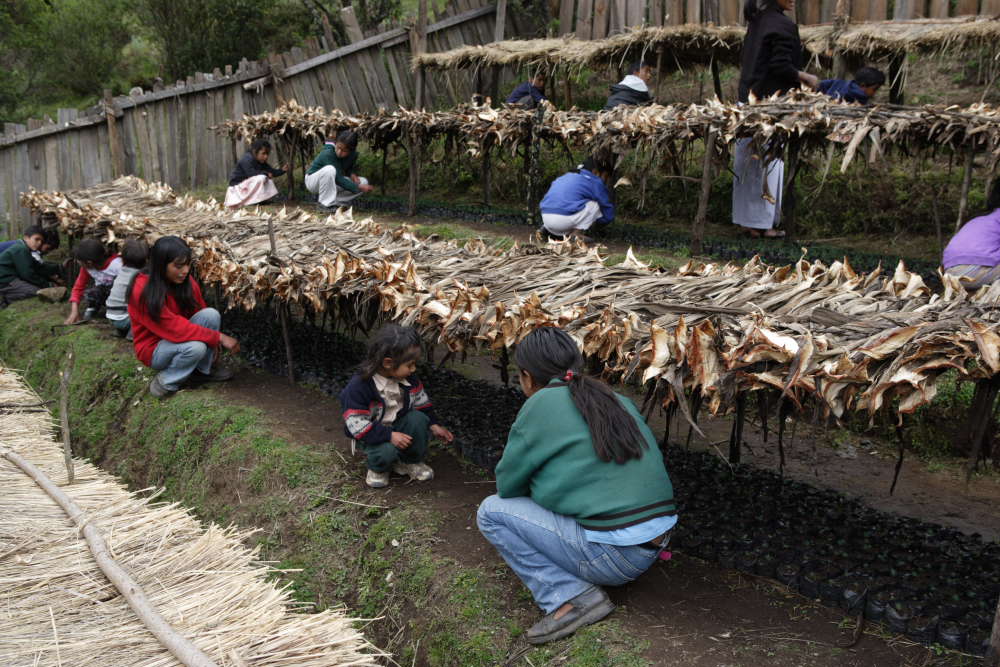


El cambio no regulado del uso del suelo en la cuenca alta había sido especialmente perjudicial en las laderas empinadas y la deforestación redujo la capacidad de los suelos para retener el agua. La erosión resultante aumentó considerablemente el riesgo de inundaciones y corrimientos de tierra. WANI y sus socios apoyaron el diseño de numerosos proyectos piloto comunitarios que abordaban la conservación del agua, el suelo y el medio ambiente. Las mujeres constituían el 90% de estos grupos, capacitándolas para asumir un papel más proactivo en el desarrollo de sus comunidades. Los proyectos piloto fueron la base para reunir a la gente y organizarse en comités de microcuencas. Algunos ejemplos son:
- Viveros forestales para la reforestación y fomento de la agrosilvicultura en las explotaciones;
- Facilitar el desarrollo y la creación de redes de empresas y cooperativas comunitarias dedicadas, por ejemplo, a la apicultura, la piscicultura o el ecoturismo en mariposarios forestales;
- Huertos comunitarios, agricultura ecológica y proyectos de conservación del suelo;
- Construcción de sistemas sépticos para mejorar el saneamiento y aumentar la calidad del agua del río Suchiate;
- Protección de manantiales para el abastecimiento doméstico de agua e instalación de distribución por tuberías;
- Creación de un centro de demostración y formación en Chiapas para la gestión integrada de las cuencas hidrográficas.
El modelo de microcuenca fue fundamental para lograr el desarrollo de la capacidad de adaptación de la cuenca y de los medios de vida locales mediante la potenciación de las instituciones comunitarias.
Esta restauración de los servicios ecosistémicos en la cuenca alta ha logrado resultados en el abastecimiento de agua, los medios de subsistencia de los agricultores y la resiliencia ante los desastres. Al adoptar un enfoque ecosistémico de la GIRH, centrado en la restauración del medio ambiente para la seguridad de los medios de subsistencia, estas iniciativas a pequeña escala han animado a las comunidades a autoorganizarse y han mejorado sus oportunidades de desarrollo. La participación comunitaria en la gestión de los recursos hídricos transfronterizos es factible y añade valor a los enfoques transfronterizos convencionales. La planificación y la aplicación de la GIRH pueden ser compartidas con éxito por comunidades transfronterizas.